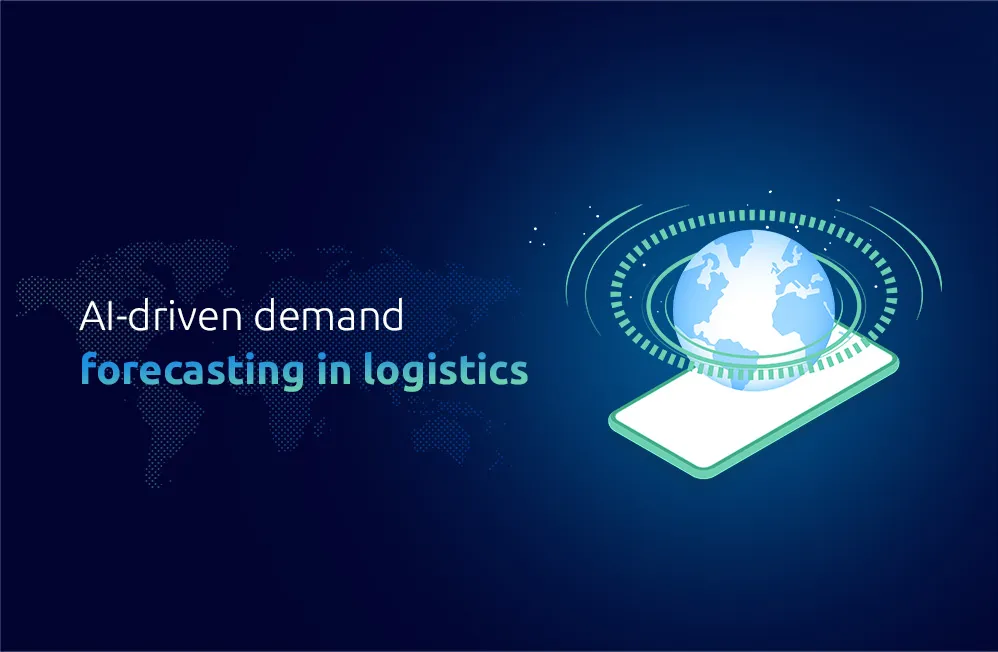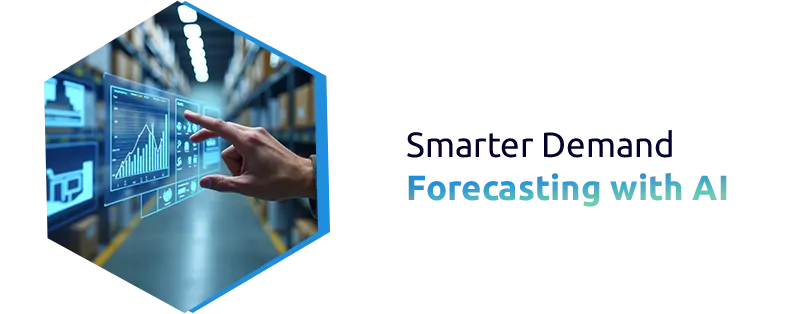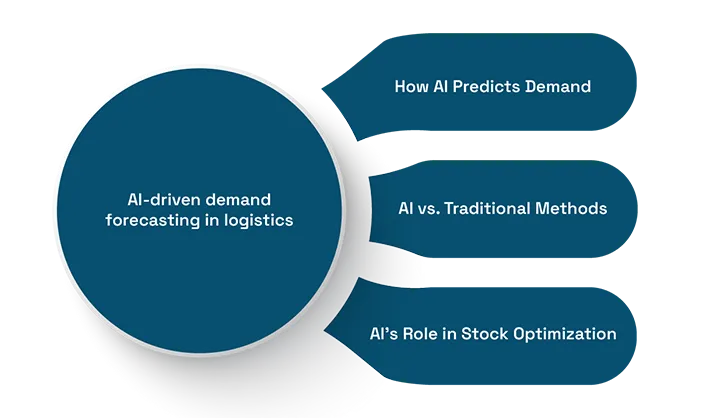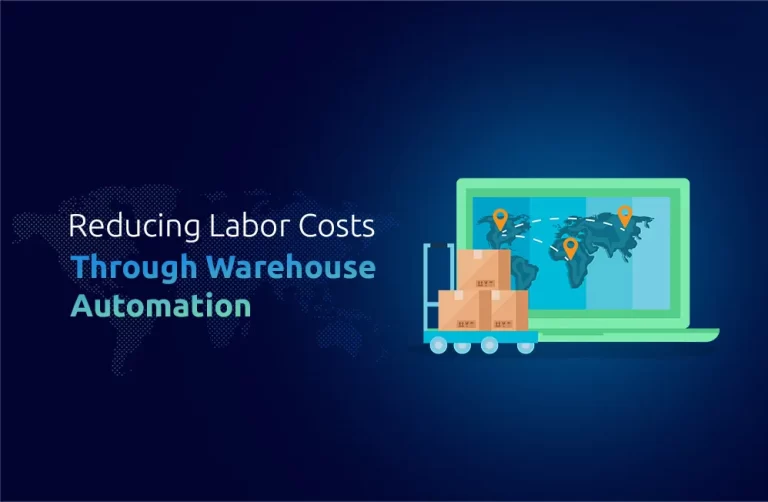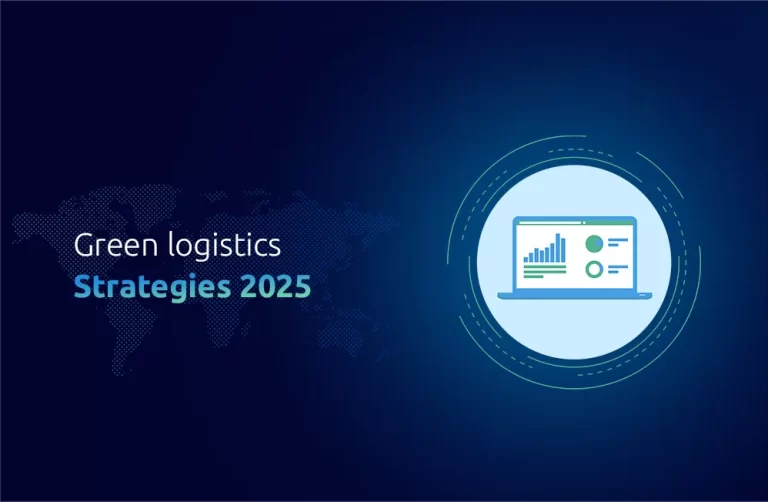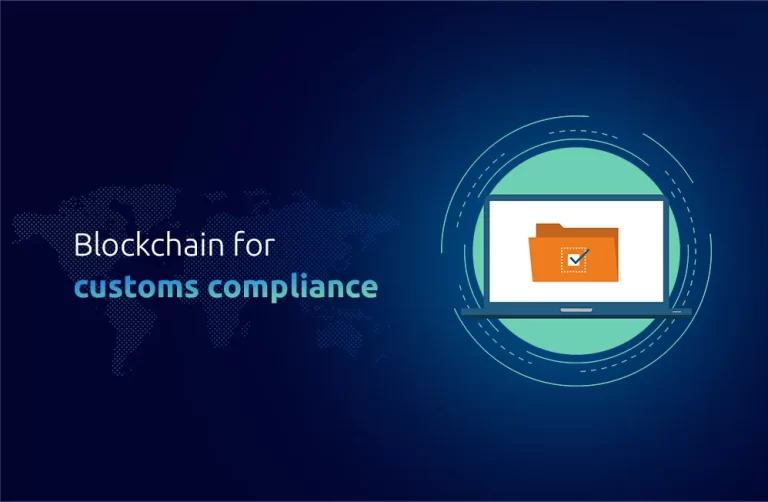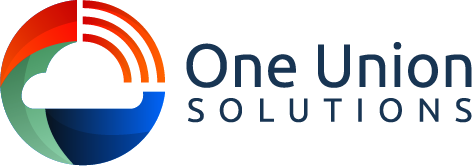Insight
Logistics experts know that you will always react if you can’t anticipate what will happen. Therefore, companies depend on AI-assisted demand forecasting to keep up, remain resilient, and succeed, as uncertainty remains the main factor in modern business. Forecasting methods used in the past often looked like making educated guesses by experience. Past trends control most of their actions, and they have trouble adjusting in the case of new circumstances, such as a burst of demand or problems in the supply chain. AI utterly changes how businesses operate. With real-time data, smart algorithms, and machine learning, planning becomes easier, faster, and more flexible. The goal is to empower those who decide matters to act with more confidence, speed, and better choices.
Why Forecasting Needs to Be Smarter
Forecasting isn’t just about knowing how much of something you’ll need. It’s about simultaneously understanding timing, location, seasonality, external factors, and market shifts. That’s hard to do when flipping through spreadsheets or running outdated software. AI-powered forecasting tools go far beyond that. They process huge volumes of data, past sales, current market trends, weather reports, or social signals- in seconds. They don’t just spit out numbers; they learn and adapt. If there’s a pattern, AI finds it. If there’s a shift in demand, AI adjusts. So, instead of reacting to problems, businesses can get in front of them. That means fewer delays, less overstock, fewer stockouts, and better use of space, time, and money.
What Happens When AI Does the Forecasting?
Operations get sharper, faster, and more cost-effective. When your forecasting becomes more accurate, you stop wasting money on holding too much stock or rushing orders at the last minute. You free up working capital, keep shelves better stocked, and reduce friction throughout the process. With AI doing the heavy lifting, teams can shift their focus. Instead of constantly putting out fires, they can work on long-term strategies, customer service, or improving delivery timelines. AI also reduces gut-feeling decisions that can lead to big errors. Its decisions are based on hard data, processed intelligently. That kind of precision has a ripple effect: better planning leads to better execution and happier customers.
The Tech Making It All Possible
At the core of AI demand forecasting is machine learning technology that gets smarter with every data set. The more it sees, the better it predicts. Neural networks go even deeper, mimicking how the human brain connects dots to detect hidden patterns. Data integration platforms bring everything together. Whether it’s sales software, inventory management, or live tracking systems, all the info flows into one central brain that processes it holistically. Natural language processing also pulls insights from things like market news or customer review sources that were impossible to quantify just a few years ago. AI can even factor in real-time sudden changes, such as weather disruptions or transport delays.
Real Results You Can Measure
This technology isn’t just smart on paper; it delivers in the real world. One large-scale operation saw its stock levels optimized within months of switching to AI forecasting. As a result, a 25% drop in excess inventory and huge savings in storage costs. Another company cut down order errors by nearly 40% simply because its forecasts aligned better with what customers were ordering. That meant faster deliveries, fewer returns, and improved customer trust. What’s powerful is that AI doesn’t need years to make an impact. Many businesses see clear results in six months or less.
Challenges and Practical Solutions
Forecasting with AI technologies is not without problems. Nonetheless, each difficulty can be overcome step by step. Data quality is one of the main problems that must be addressed first. Outdated, inconsistent, or broken data in the system will mean the AI can’t give proper results. As a result, the first step to a successful implementation is cleaning and organizing your data. Also, getting teams to trust the usefulness of AI can be tough, as many are used to forecasting the old way. A good way to adjust is by using the system on a small scale, such as for particular products or regions. As more information is received and seen to be reliable, people start to trust the system more. It is important to adjust AI forecasting to the specific requirements of your existing planning routines, workflows, and company processes. Effective onboarding, a step-by-step launch, and the help of the right partner will soon turn these problems into things that make your business superior.
Conclusion
If there’s one thing we’ve learned, it’s this: better forecasting isn’t about having more data, it’s about knowing what to do with it. AI helps you do exactly that. It doesn’t just show you what’s likely to happen. It helps you prepare for it, act on it, and capitalize on it before anyone else. At One Union Solutions, we help businesses make that leap. With a human-first approach & AI tools tailored to your needs, we work with you to build a forecasting model that’s not just smart; it’s built to grow with you. The future of logistics isn’t just about speed. It’s about foresight, and that future starts now!
Did You Know?
According to India’s Ministry of Commerce and Industry, companies that adopted AI-based forecasting tools reduced inventory holding costs by nearly 18% within the first year. A government-backed logistics study also reported that planning accuracy improved by 35% after AI implementation.
FAQs
Can AI demand forecasting handle sudden changes in demand?
Yes, AI systems are designed to adapt using live data feeds in real-time. They can quickly adjust forecasts based on market shifts or unexpected events.
Is AI forecasting only for large businesses?
Not at all. The beauty of AI is that it scales. Small businesses can start with basic models and expand as they grow.
How do I know if my data is good enough for AI forecasting?
You’re on the right track if your data is organized and current and covers sales, inventory, and demand patterns. Cleaning up your data is key before starting.
Does AI replace my planning team?
No. It supports them. AI handles the heavy number-crunching so your team can focus on strategic decisions, not manual forecasting.
How will AI help in predicting future sales?
It generally takes 6 to 12 months for businesses to observe lower inventory costs, faster fulfilment, and better forecasting after implementing the solution.

